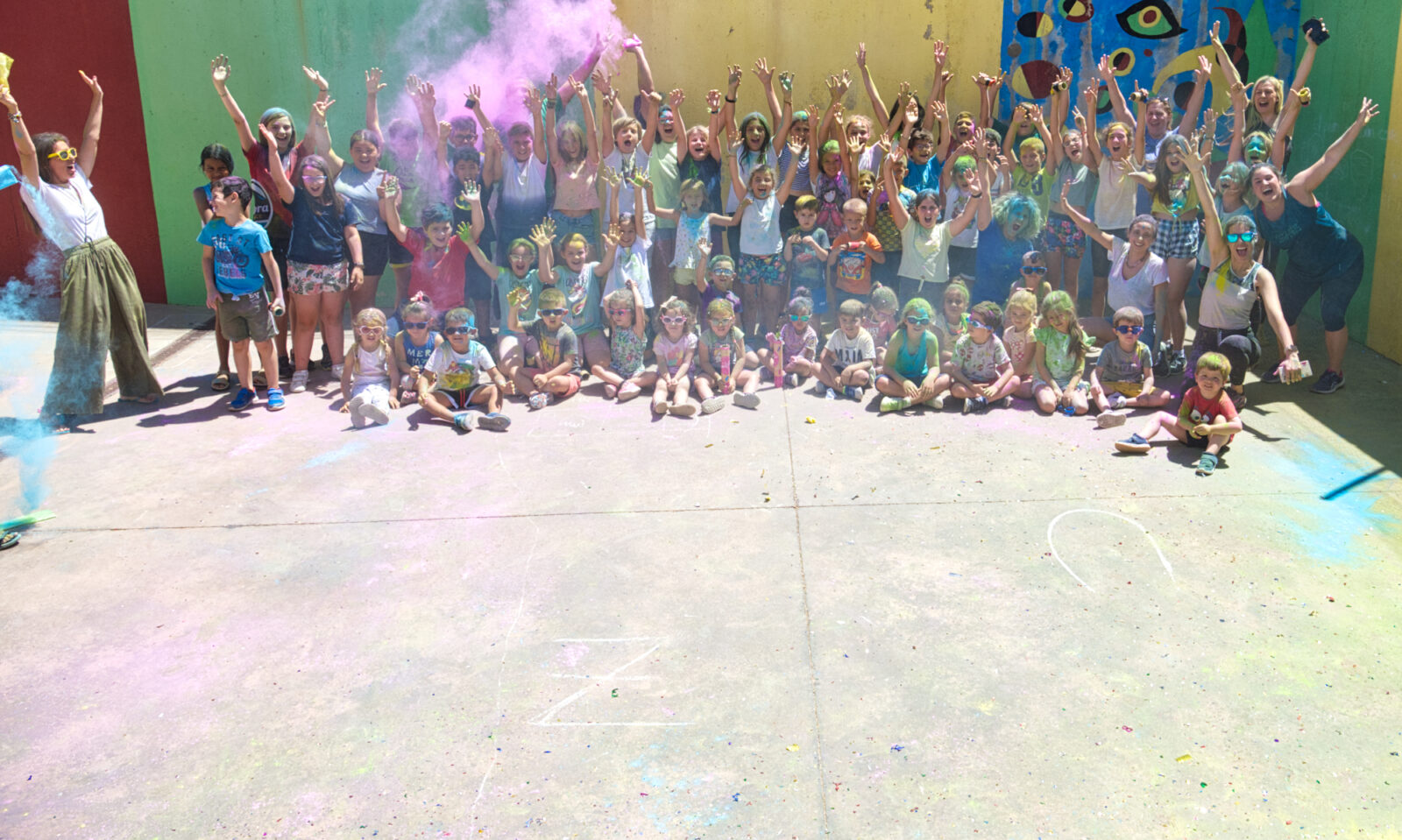¿Quién es Quién? El juego. 🤪
¿Quién es Quién? Es un juego de mesa que nos encanta. Los niños de quinto han jugado creando dos equipos con dos jugadores. Siempre dedicamos unos minutos de clase a juegos que nos entretienen y divierten. ¡En esta ocasión nuestro alumno Álvaro de quinto ha traído el juego de casa! 🙂
El objetivo del juego es adivinar el personaje misterioso del adversario antes de que él adivine el tuyo. Para conseguirlo cada jugador debe realizar, por turnos, diferentes preguntas que solo puedan contestarse con un «sí» o con un «no» del tipo:
«¿Es un chico? Sí, lo es. » – «Is he a boy? Yes, it is. »
«¿Lleva sombrero?» – «Does she have a hat?»
En caso que la respuesta sea afirmativa debemos descartar todos aquellos personajes que no lleven sombrero, por lo que debemos estar muy atentos y concentrados.
Jugar es a ¿Quién es Quién? aporta muchos beneficios ya que favorece el desarrollo de algunas capacidades cognitivas como la memoria, la atención, el lenguaje o la lógica. Pero también permite que el niño aprenda las reglas del juego social y el respeto de los turnos. Además, aprenden de un modo lúdico y divertido a ampliar su léxico descriptivo en cuanto a físico y ropa se refiere, y es muy útil de cara a topics relacionados con la descripción de personas como de animales en cualquier idioma.
Who is who? It is a board game that we love. 🤪 The fifth grade students have played creating two teams with two players. We always dedicate a few minutes of class to games that entertain and have fun. On this occasion, our fifth-year student Álvaro has brought the game!
The objective of the game is to guess the mysterious character of the adversary before he guesses yours. To achieve this, each player must ask, in turns, different questions that can only be answered with a «YES» or a «NO», for example:
«¡Es un chico? Sí, lo es »-« Is he a boy? Yes, it is. »
«¿Lleva un sombrero?» – «Does she have a hat?»
In case the answer is affirmative, we must remove all those characters that do not wear a hat, so we must be very attentive and focused.
This game brings many benefits as it favors the development of some cognitive abilities such as memory, attention, language or logic. But it also allows the child to learn the rules of the social game and respect the turns. In addition, they learn in a fun way to expand their descriptive lexicon in terms of physics and clothing, and it is very useful for topics related to the description of people as animals in any language.




































































